The hustle and bustle of everyday life can sometimes have an impact on our mental and physical health. So, if you’re looking to find some zen amongst the chaos, why not give forest bathing a try?
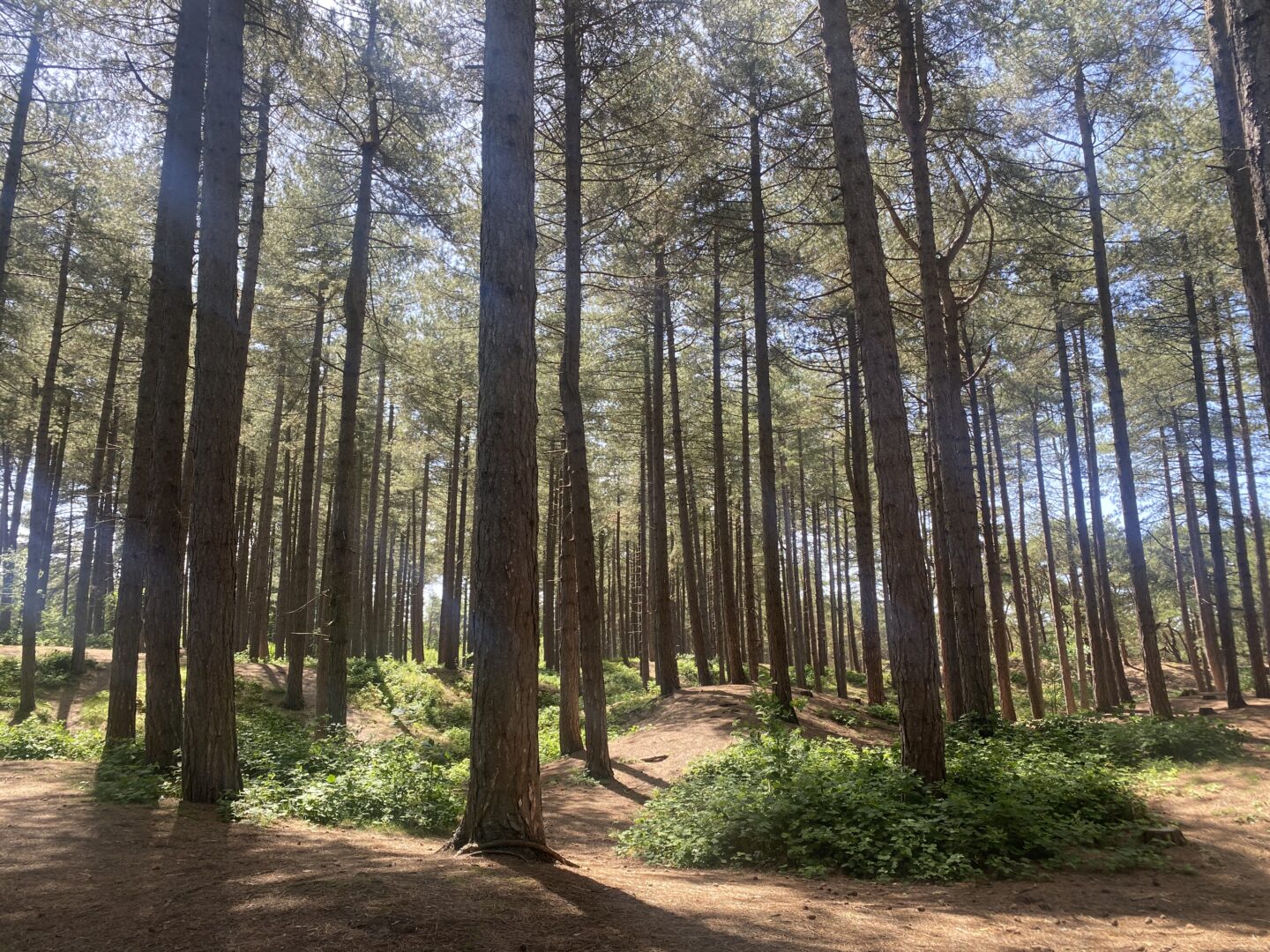
Never heard of it before? Don’t worry – from the healing benefits to top tips, we’ve got you covered. Keep reading…
What is forest bathing?
Despite the (somewhat confusing) name, you won’t need to pack your swimming stuff for this activity: forest bathing, or shinrin-yoku, is simply the practice of slowing down and immersing yourself in the serene forest atmosphere.
To put it very simply: forest bathing is no more complicated than going for a wander in your local woods or park – or any area of nature, really.
But, rather than just walking for the exercise, you really take the time to focus on the natural world around you.
Take note how the rays of sunlight glint between the leaves, and how the birdsong echoes off the trees – and take a minute to be still.
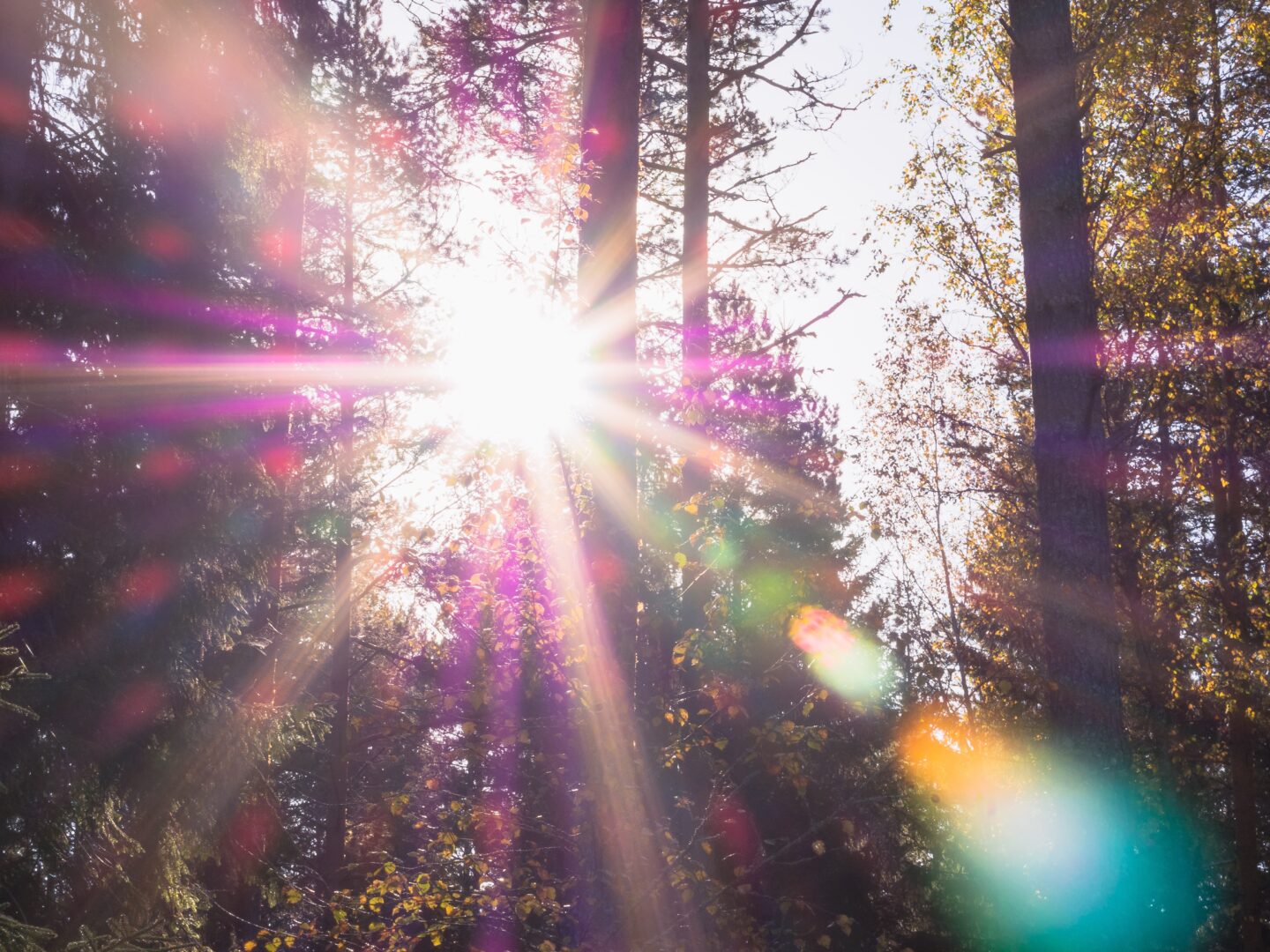
Top tips:
Pick a quiet time: There tends to be less people around if you go to the woods in the early morning or later in the evening during the summer months. Depending on your schedule you could also try weekday afternoons (outside of the school holidays).
Turn off your phone: If you can turn your phone off, an hour or two of digital detoxing will help you to slow down, relax and focus on being present in the moment.
Many people feel uncomfortable turning their phones off, in case they need to take, (or make) an emergancy call. In which case, keep it in your bag and turn off unnecessary notifications so you’re not tempted to scroll.
Use all of your senses: Touch the trees, how does the bark feel? What different birdsongs can you hear? What do the leaves look like as they catch the sun? What can you smell?
Try closing your eyes and taking ten slow, deep breaths in and out, then gently open your eyes and bring your awareness back to the forest.
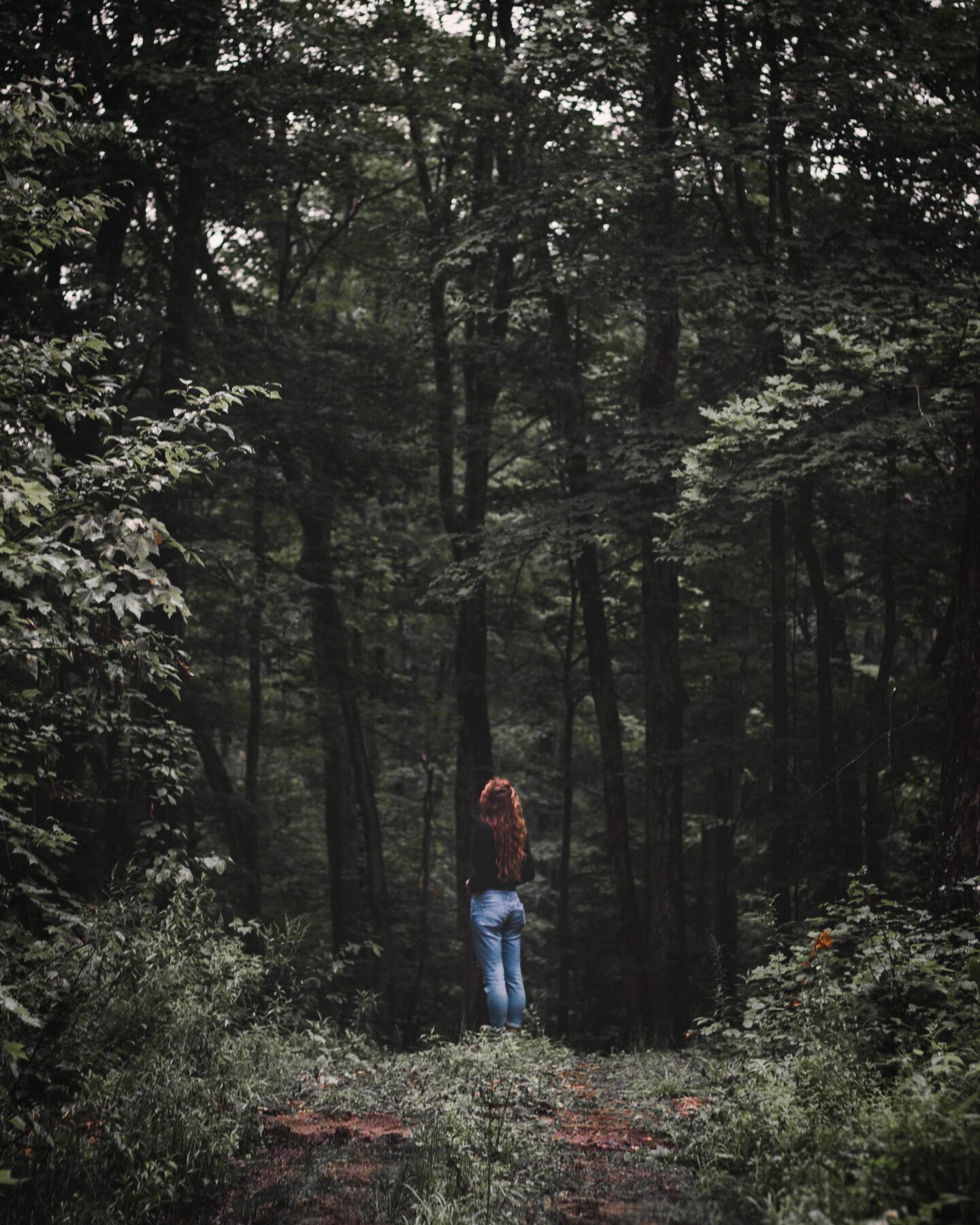
Forest bathing health benefits
Shinrin-yoku’ was first developed in the 80’s following studies conducted by the Japanese government.
Their studies showed that just 2 hours of mindful exploration in a forest area helped to reduce blood pressure. It also seemed to help lower the cortisol levels (also known as the stress horemone) in the body, and helped participants with both their concentration levels and their memory.
There was also evidence to show that trees release chemicals called phytoncides, which have an anti-microbial effect on human bodies – and can help to boost the immune system.
Because of the results of these studies, the Japanese government introduced ‘shinrin-yoku’ as a national health programme.
But the benefits of this kind of ‘nature therapy’ aren’t exclusive to Japanese research; in 2018, academics at the University of Derby found that improving a person’s connection with nature led to significant increases in their wellbeing.
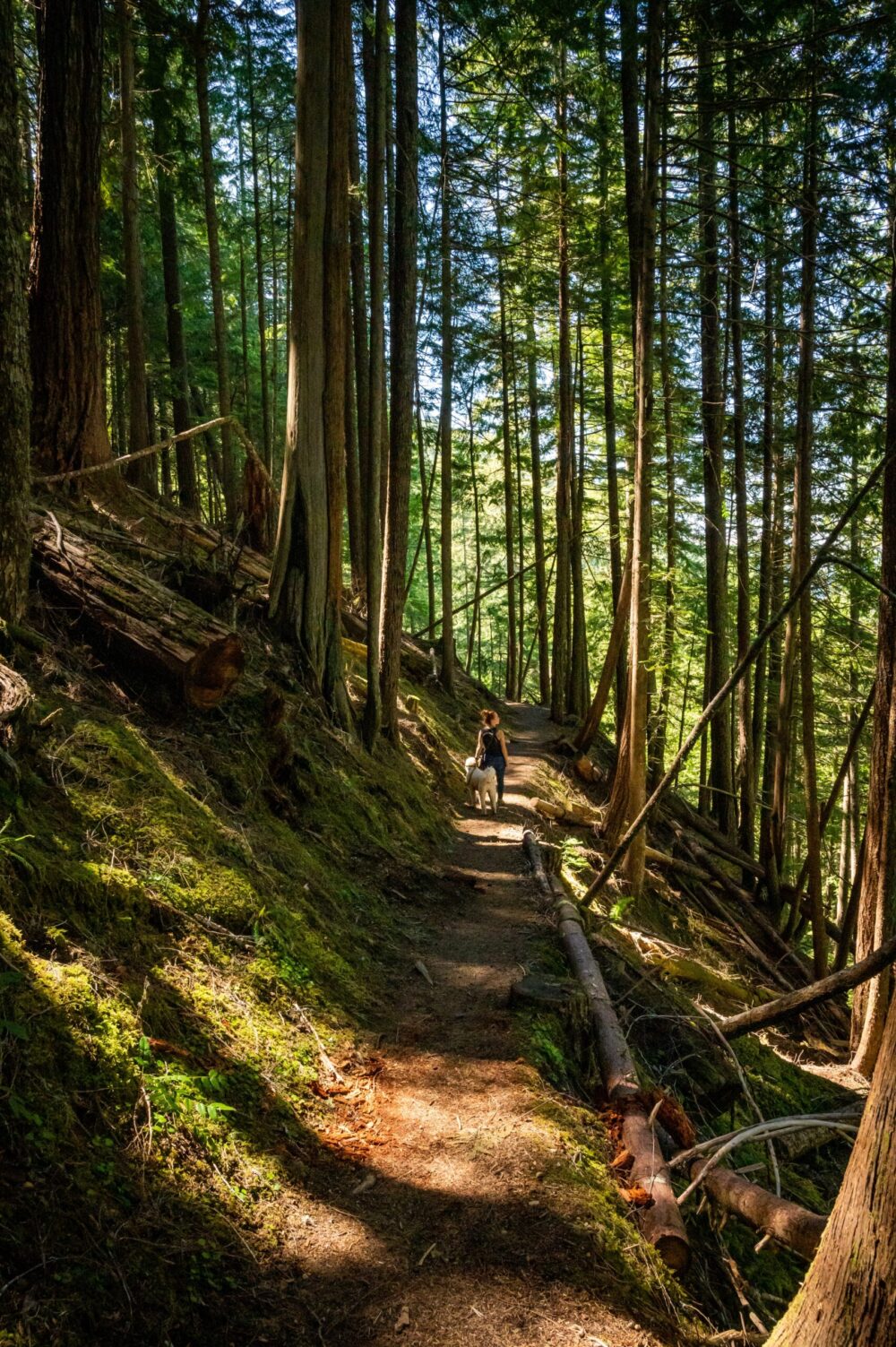
How does forest bathing affect anxiety and depression?
Yoshifumi Miyazaki, a professor at Chiba University in Japan, has been researching the benefits of Forest Bathing since 2004 and has found that leisurely forest walks decrease cortisol by 12.4% compared with urban walks.
Participants in his studies have also anecdotally reported better moods and lower anxiety.
The studies from Derby University also concluded that spending time in nature releases hormones that relate to the pursuit of joy, connecting to calm and avoiding threats.
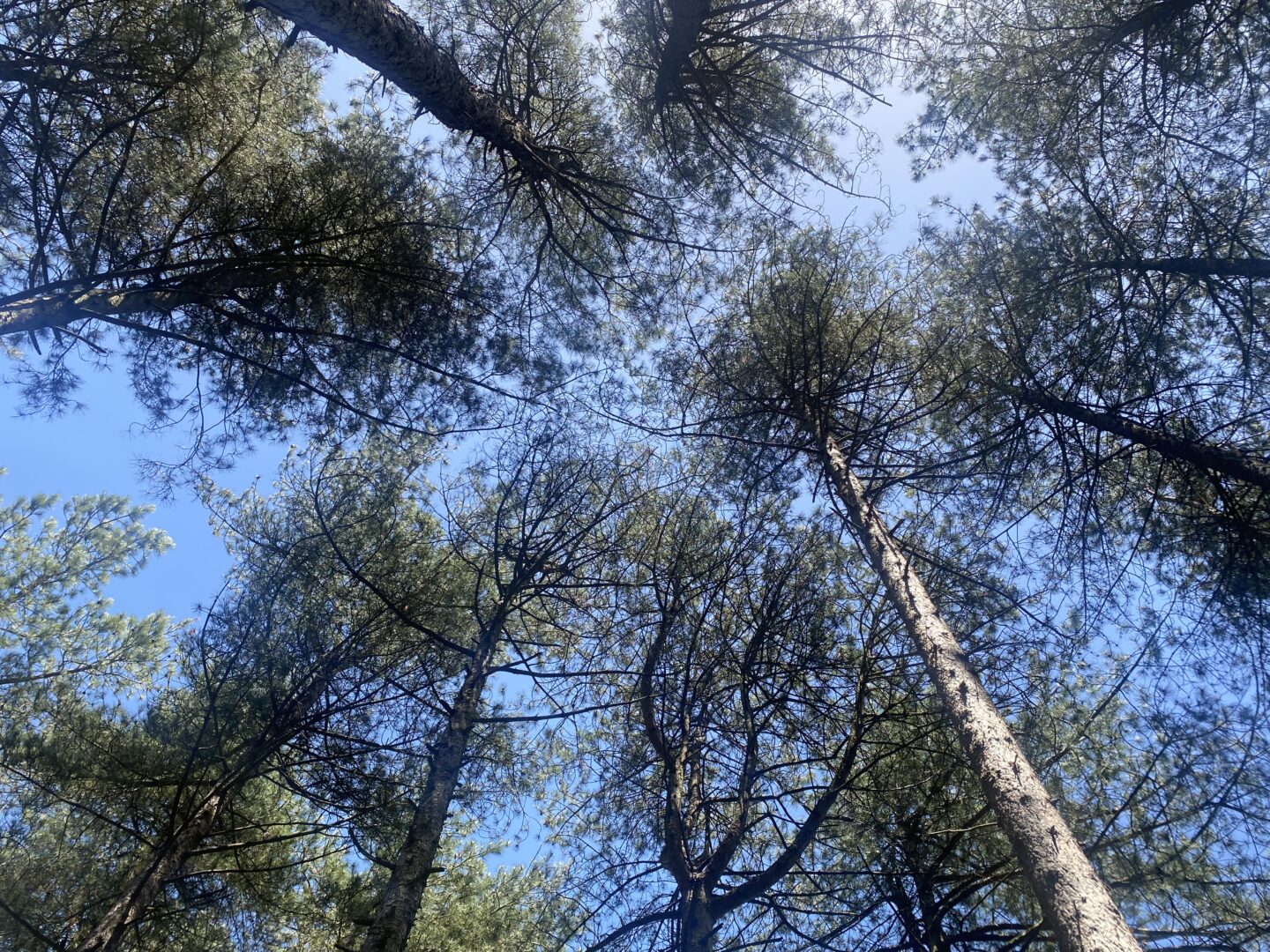
What time of year is best for forest bathing?
Forest bathing can be done at any time of year, with each of the seasons bringing new elements to the experience. But the summer months are often the most enjoyable, as all of the plants and flowers are in bloom so there’s plenty of beautiful things to enjoy.

Jen is our resident wellness and features editor here at The Daily Struggle. You will probably find her on the beach, painting her house or writing about magick and motherhood.